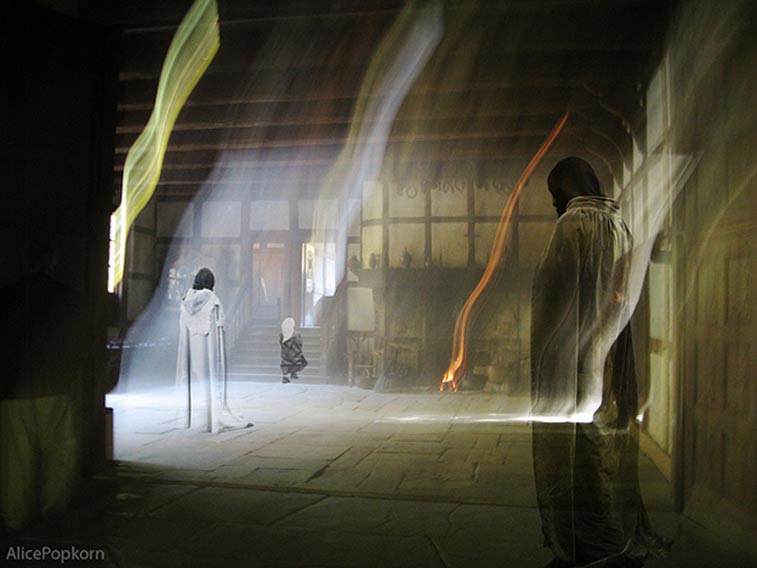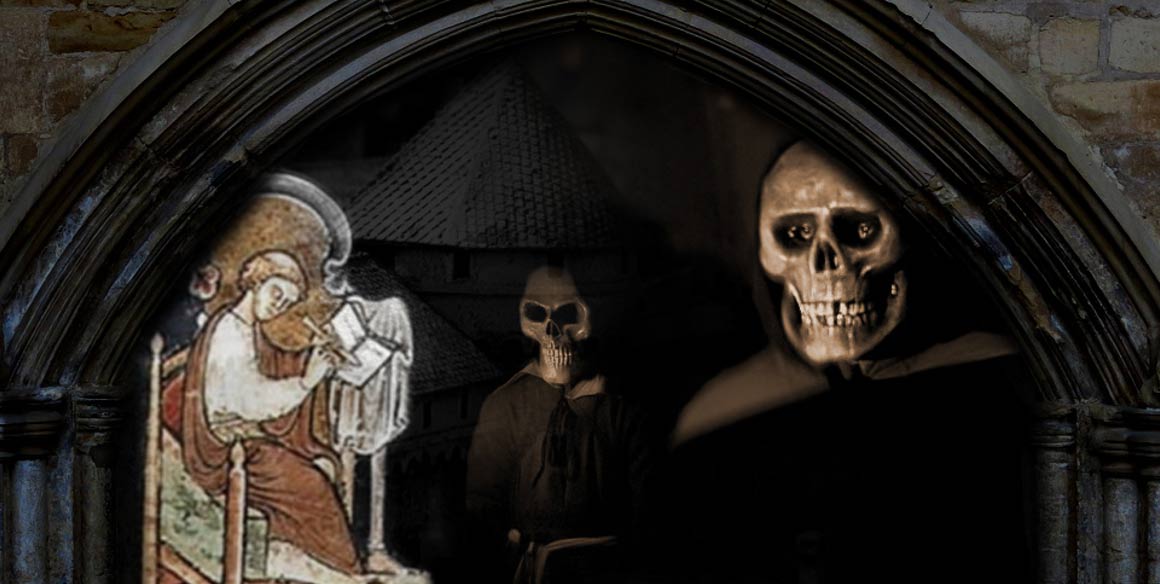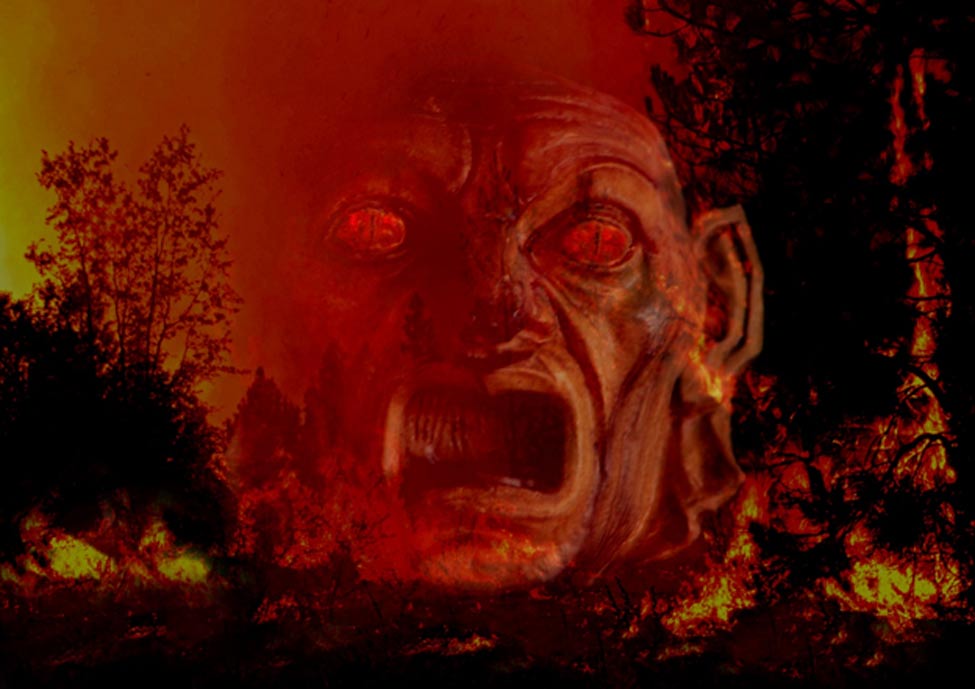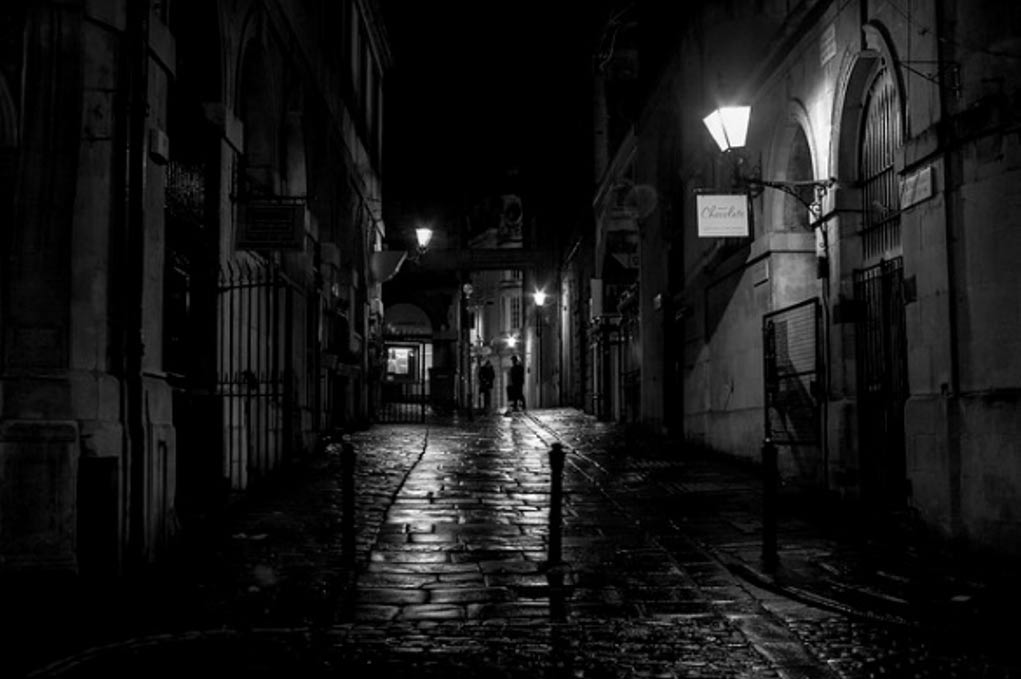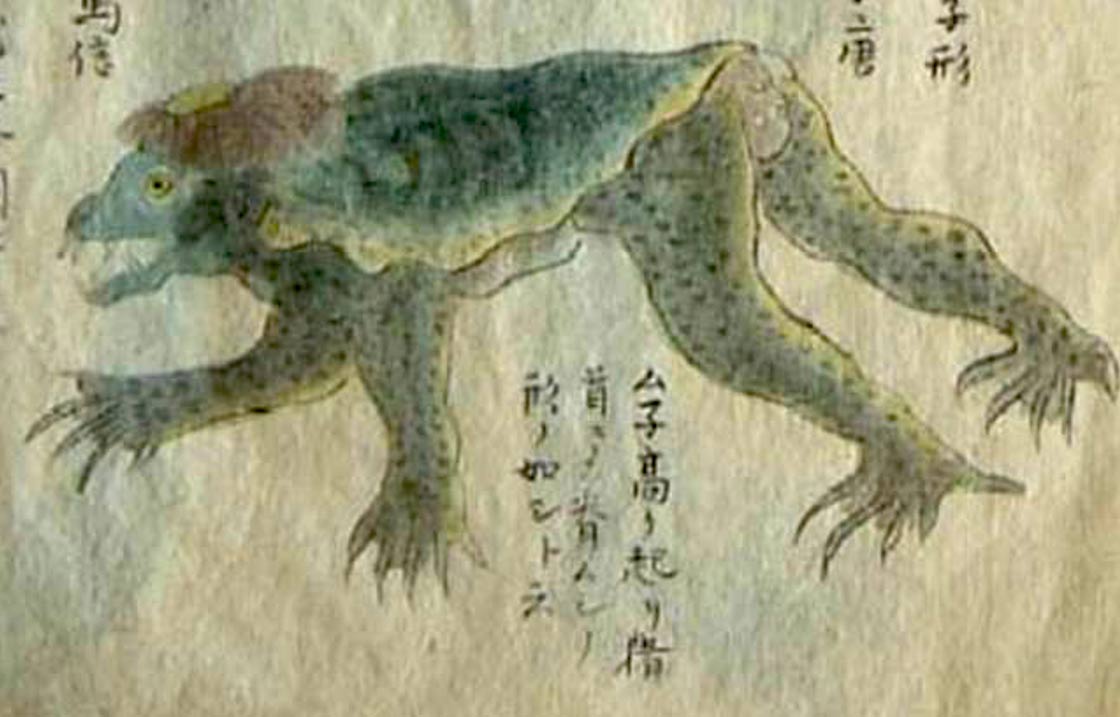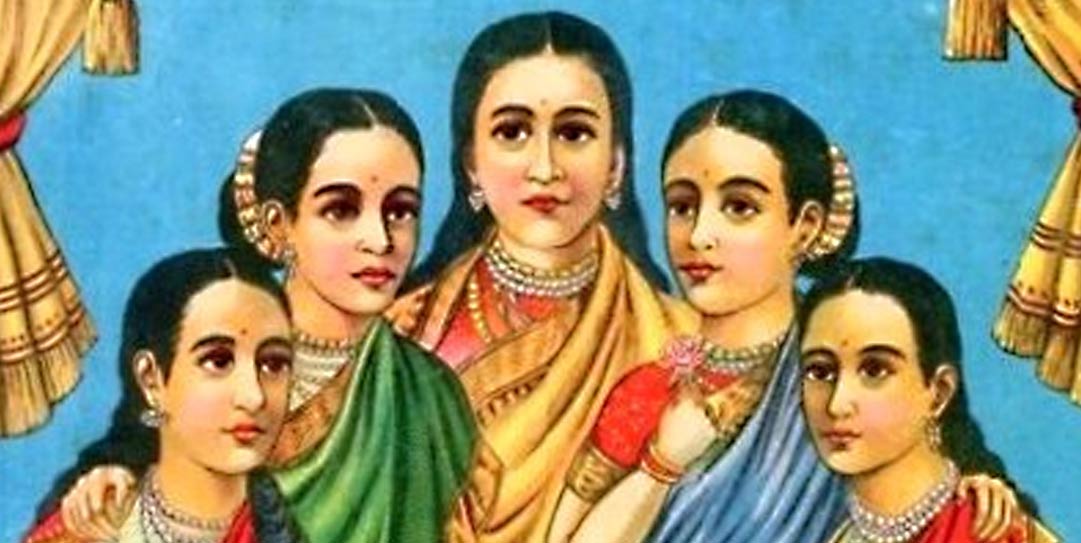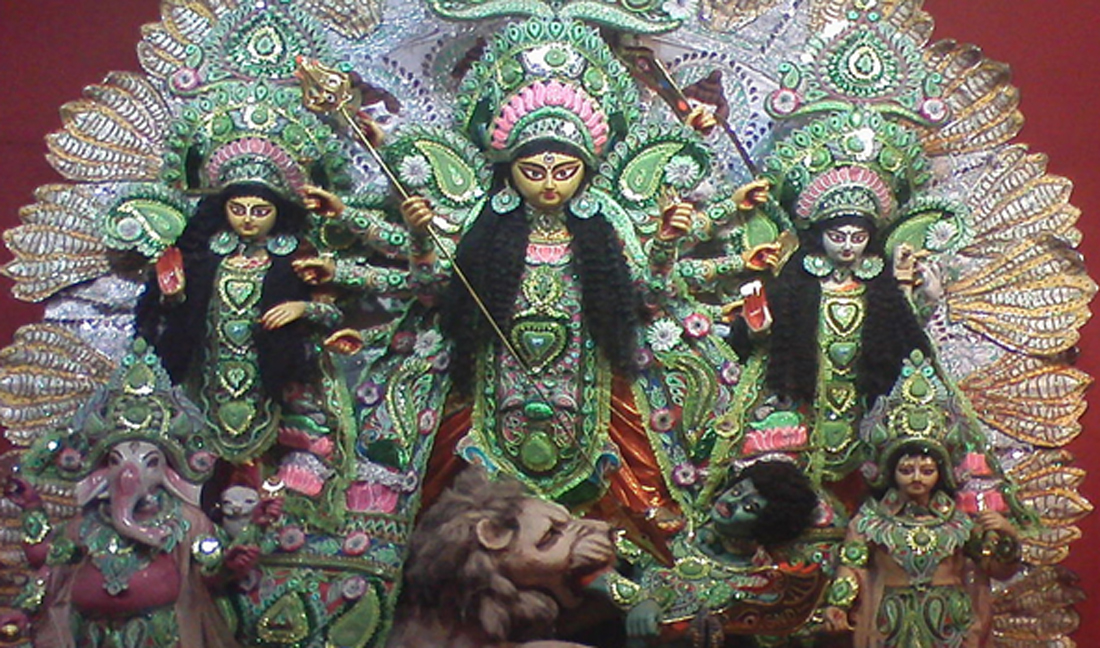Perseus and the Legendary Rescue of Andromeda: Slaying of a Dangerous Sea Monster
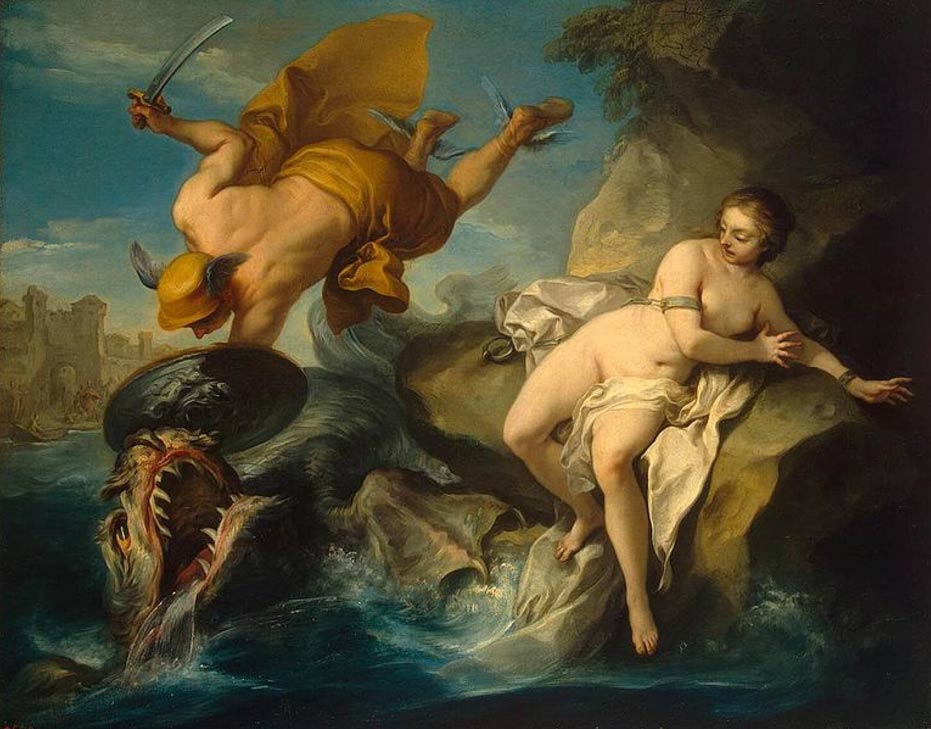
It is an epic tale that would stand the test of time and would later be immortalized by Hollywood. Among its mythology there is one specific episode that has stood out from the rest; that is, Perseus’ confrontation with the legendary beast threatening his future wife, Andromeda, and the kingdom of Ethiopia.
Ethiopia was ruled by king Cepheus and his wife Cassiopeia.
“[Cassiopeia] vied with the Nereids in beauty and boasted to be better than them all; hence the Nereids were angry, and Poseidon, sharing their wrath, sent a flood and a monster to invade the land....Read more
